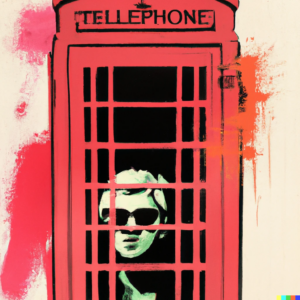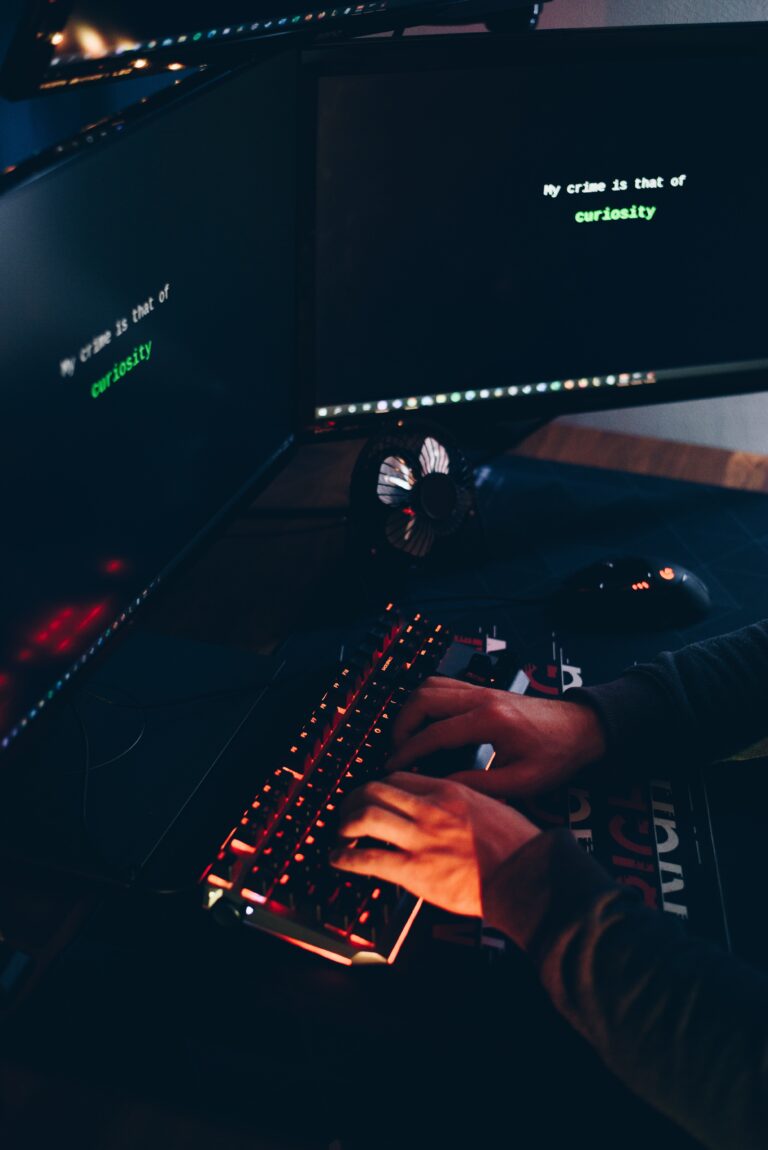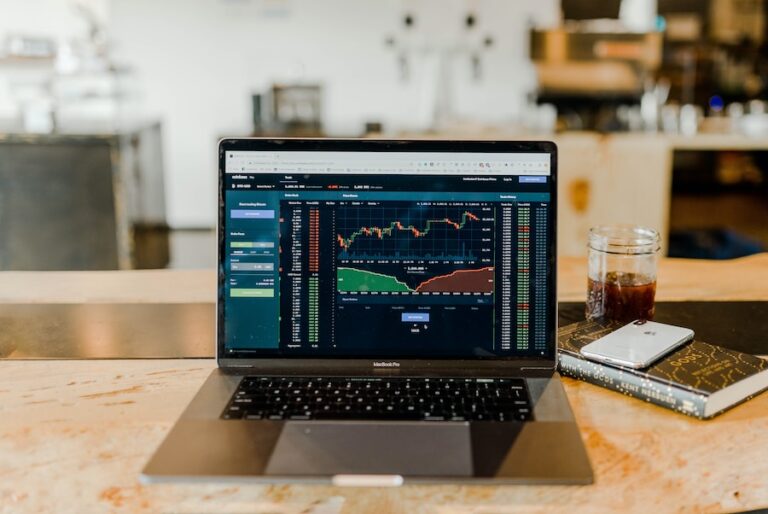
Artificial Intelligence (AI) has been making waves across various sectors, and the realm of art creation is no exception. The advent of AI-powered image generation tools has revolutionized the way we create and perceive art, opening up a world of possibilities that were previously unimaginable. However, as with any groundbreaking technology, it brings with it a host of complexities and challenges, particularly in the areas of copyright and authenticity.
In this article, we delve into the fascinating intersection of AI, art creation, and authenticity. We will explore the capabilities of innovative AI-powered image generation tools, such as StyleDrop and DALL-E 2, which have been making significant strides in the field. We will also navigate the intricate landscape of copyright issues that have arisen in the wake of AI-generated art, a topic that has sparked intense debate and legal scrutiny.
Moreover, in an era where ‘seeing is no longer believing’, the authenticity of digital content has become a pressing concern. To address this, several initiatives have emerged, aiming to verify the authenticity of digital content and ensure its integrity. We will examine these initiatives in detail, focusing on the Adobe-led Content Authenticity Initiative and Project Providence, a collaborative effort by Truepic and Microsoft.
Join us as we embark on this exploration, shedding light on the transformative impact of AI on art creation and the critical importance of authenticity in the digital age.
Understanding AI-Powered Image Generation
Artificial Intelligence (AI) has been a transformative force across numerous industries, and its impact on the field of art and design has been particularly profound. One of the most exciting developments in this area is the emergence of AI-powered image generation tools, which have fundamentally altered the way we create and interact with visual content.
AI-powered image generation refers to the use of AI algorithms to create unique, often complex, visual content from scratch or based on specific input parameters. These tools leverage advanced machine learning techniques, particularly generative models, to produce images that can range from realistic to abstract, from simple patterns to intricate designs. The underlying technology is a testament to the remarkable progress in AI research and development, particularly in the field of deep learning.
The evolution of AI-powered image generation has been marked by several key milestones. Early attempts at AI-generated art were often simple and lacked the nuance and complexity of human-created art. However, as AI models became more sophisticated, so too did the images they produced. The introduction of Generative Adversarial Networks (GANs) was a significant turning point. GANs consist of two neural networks – a generator and a discriminator – that work together to produce increasingly refined images. The generator creates images, and the discriminator evaluates them against real images, providing feedback that helps the generator improve its creations.
In this context, two tools stand out for their innovative approach to AI-powered image generation: StyleDrop and DALL-E 2.
StyleDrop, powered by Muse, a text-to-image generative vision transformer, is a tool that generates images based on a user-provided style. It captures the nuances and details of the style, including color schemes, shading, design patterns, and local and global effects. The versatility of StyleDrop lies in its ability to faithfully reproduce a wide variety of styles, making it a powerful tool for artists, designers, and anyone looking to generate unique visual content.
On the other hand, DALL-E 2, developed by OpenAI, is an AI art generator that creates images from textual descriptions. It leverages a variant of the GPT-3 model, specifically designed for image generation. DALL-E 2 can generate a wide range of images, from plausible renditions of existing objects to imaginative depictions of fictional entities. Its ability to interpret and visualize textual prompts in creative ways showcases the potential of AI in art and design.
Both StyleDrop and DALL-E 2 exemplify the capabilities of AI-powered image generation. They demonstrate how AI can not only mimic human creativity but also augment it, opening up new avenues for artistic expression and design. However, their rise also brings to the fore important questions about copyright and authenticity, topics we will delve into in the following sections. As we continue to explore the potential of AI in art creation, it’s crucial to navigate these complexities and ensure that the technology is used responsibly and ethically.
Copyright Issues in AI-Generated Art
As AI-powered image generation tools continue to evolve and become more sophisticated, they inevitably intersect with the complex world of copyright law. This intersection raises a host of intriguing and challenging questions about the ownership and rights associated with AI-generated art.
One of the most pressing questions is: who owns the copyright to an AI-generated artwork? Traditional copyright law attributes ownership to the creator of a work, but in the case of AI-generated art, determining the ‘creator’ is not straightforward. Is it the developer of the AI algorithm? The user who inputs the parameters or prompts? Or could it be the AI itself, despite the fact that current legal frameworks do not recognize AI as capable of holding copyrights?
These questions came to the fore in a recent copyright case involving Andy Warhol’s artwork. The case revolved around Warhol’s use of a photograph of the musician Prince to create a series of silkscreen paintings. The court ruled that Warhol’s work did not constitute fair use of the photograph, as it was not transformative enough. This ruling has significant implications for AI-generated art, particularly for works created using pre-existing images or styles. If an AI model is trained on copyrighted artworks or uses them as input, could the resulting images be considered infringing?
This issue is further complicated by the fact that some companies have been accused of using artists’ work to train their AI models without permission. This raises ethical as well as legal questions about the use of copyrighted material in AI training datasets. It also highlights the need for clearer guidelines and regulations around the use of such data.
Another key issue is the concept of ‘fair use’, a doctrine in copyright law that allows limited use of copyrighted material without permission from the owner, typically for purposes such as criticism, comment, news reporting, teaching, scholarship, or research. How does fair use apply to AI-generated art? If an AI model generates an image that bears similarities to a copyrighted work, could this be considered fair use, or could it be seen as infringement?
Here are some key points to consider:
- Determining Ownership: Current copyright laws may need to be updated or reinterpreted to account for the unique challenges posed by AI-generated art. This includes clarifying who holds the copyright to such works and under what conditions.
- Use of Copyrighted Material: Clear guidelines are needed on the use of copyrighted artworks in AI training datasets. This includes addressing questions about whether and how artists should be compensated if their work is used in this way.
- Fair Use: The application of the fair use doctrine to AI-generated art needs to be clarified. This includes determining what constitutes ‘transformative’ use in the context of AI and how to balance the rights of copyright holders with the potential benefits of AI-generated art.
As we continue to explore the potential of AI in art creation, it’s crucial to navigate these complexities and ensure that the technology is used responsibly and ethically. The next section will delve into initiatives aimed at verifying the authenticity of digital content, a critical aspect of this discussion.
The Quest for Authenticity: Verification Initiatives
In the digital age, where AI-powered tools can generate realistic images and deepfakes are becoming increasingly sophisticated, the authenticity of digital content has become a pressing concern. To address this, several initiatives have emerged, aiming to verify the authenticity of digital content and ensure its integrity. Two of these initiatives, the Adobe-led Content Authenticity Initiative (CAI) and Project Providence, a collaboration between Truepic and Microsoft, are particularly noteworthy.
The Content Authenticity Initiative (CAI), led by Adobe, aims to establish a standard for verifying the authenticity of digital content. The CAI proposes using cryptographic asset hashing to provide verifiable, tamper-evident signatures for digital content. This means that each piece of content would carry a unique digital signature, allowing anyone to verify its authenticity and provenance.
The CAI is a response to the increasing sophistication of AI tools and the rise of deepfakes, which have made it harder to distinguish between real and manipulated content. By providing a way to verify the authenticity of digital content, the CAI aims to restore trust in online media and combat the spread of misinformation.
The CAI is not alone in its efforts. Project Providence, a collaboration between Truepic and Microsoft, is piloting a new photo authentication platform. This platform combines Truepic’s camera SDK, which creates a cryptographic signature for each photo, with Microsoft’s Azure cloud platform. The aim is to maintain the provenance or origin of images as they are captured, stored, and displayed.
Truepic’s camera SDK combines information like date, time, location, and the pixels in an image to create a cryptographic signature that it claims can’t be tampered with. If a photo is taken on a smartphone with an app that is running Truepic’s SDK, the photo’s authenticity can be easily verified. This system is being used by a group associated with the Ukrainian NGO Anti-Corruption Headquarters to document damage to cultural heritage and national infrastructure.
Both the CAI and Project Providence are building on the idea that has been pushed by the Content Authenticity Initiative (CAI) for several years. They are compliant with C2PA, the standard for content verification created by the CAI and used by Adobe, Nikon, Leica, and Sony.
These initiatives represent significant steps towards ensuring the authenticity of digital content in the age of AI. However, they also raise important questions and challenges:
- Adoption and Implementation: For these initiatives to be effective, they need to be widely adopted and implemented. This requires collaboration between tech companies, content creators, and consumers, as well as support from regulatory bodies.
- Privacy and Security: The use of cryptographic signatures to verify the authenticity of digital content could raise privacy and security concerns. It’s crucial to ensure that these initiatives protect user data and respect privacy rights.
- Impact on Creativity: While these initiatives aim to combat the spread of misinformation and restore trust in digital content, it’s important to consider their potential impact on creativity. How will they affect the use of AI in art and design? Could they stifle innovation or limit artistic freedom?
As we continue to navigate the intersection of AI, art, and authenticity, these initiatives provide valuable insights and potential solutions. However, they also highlight the need for ongoing dialogue, research, and collaboration to address the complex challenges at this intersection. In the next section, we will discuss the broader implications of these developments for the fields of art, design, and AI technology.
Implications and Future Prospects
The rise of AI-powered image generation tools, the complexities of copyright issues surrounding AI-generated art, and the emergence of initiatives aimed at verifying the authenticity of digital content have significant implications for the fields of art, design, and AI technology. These developments also provide a glimpse into potential future trends and challenges.
AI-powered image generation tools like StyleDrop and DALL-E 2 are pushing the boundaries of what’s possible in art and design. They are democratizing the creation process, enabling anyone to generate unique visual content with a few clicks or keystrokes. This has the potential to foster creativity, innovation, and inclusivity in the art and design world. However, it also raises questions about originality and the value of human creativity in an era where machines can produce art.
The complexities of copyright issues surrounding AI-generated art highlight the need for legal frameworks to evolve in tandem with technological advancements. As AI continues to blur the lines between human and machine-generated art, copyright laws will need to be reinterpreted or revised to address these new realities. This could lead to broader discussions about the rights of AI systems and the ethical implications of AI-generated content.
The emergence of initiatives like the Adobe-led Content Authenticity Initiative and Project Providence underscores the importance of authenticity in the digital age. As AI tools become more sophisticated and deepfakes more prevalent, verifying the authenticity of digital content is crucial. These initiatives are pioneering efforts to address this challenge, but their success will depend on widespread adoption and careful consideration of privacy and security concerns.
Looking ahead, we can expect to see further advancements in AI-powered image generation technology, with tools becoming more sophisticated and capable of producing increasingly nuanced and complex images. We can also anticipate ongoing debates around copyright issues, as legal frameworks struggle to keep pace with technological innovation. Finally, as the quest for authenticity continues, we can expect to see more initiatives aimed at verifying the authenticity of digital content, along with discussions about the balance between verification and creative freedom.
In conclusion, the intersection of AI, art, and authenticity is a dynamic and complex space, filled with both challenges and opportunities. As we continue to navigate this landscape, it’s crucial to foster dialogue, collaboration, and innovation, ensuring that the transformative potential of AI is harnessed responsibly and ethically.
As we’ve explored in this article, the intersection of AI, art creation, and authenticity is a fascinating and complex landscape. The advent of AI-powered image generation tools like StyleDrop and DALL-E 2 has revolutionized the way we create and perceive art, opening up a world of possibilities while also raising important questions about copyright and originality.
The complexities of copyright law in the context of AI-generated art underscore the need for our legal frameworks to evolve alongside technological advancements. The case of Andy Warhol’s artwork and the ensuing copyright dispute serve as a stark reminder of the challenges that lie ahead as we navigate this new terrain.
Meanwhile, the quest for authenticity in the digital age has given rise to innovative initiatives like the Adobe-led Content Authenticity Initiative and Project Providence. These efforts to verify the authenticity of digital content are crucial in an era where ‘seeing is no longer believing’, and they represent significant strides towards restoring trust in digital media.
However, as we move forward, it’s essential to approach these developments with a critical eye. We must consider the potential implications on creativity, privacy, and the value of human artistry. We must also ensure that the transformative potential of AI is harnessed responsibly and ethically.
In conclusion, the convergence of AI, art, and authenticity presents both challenges and opportunities. As we continue to explore this dynamic intersection, it’s crucial to foster dialogue, collaboration, and innovation. By doing so, we can ensure that the transformative potential of AI is harnessed in a way that respects artistic integrity, upholds legal and ethical standards, and contributes positively to our digital future.



